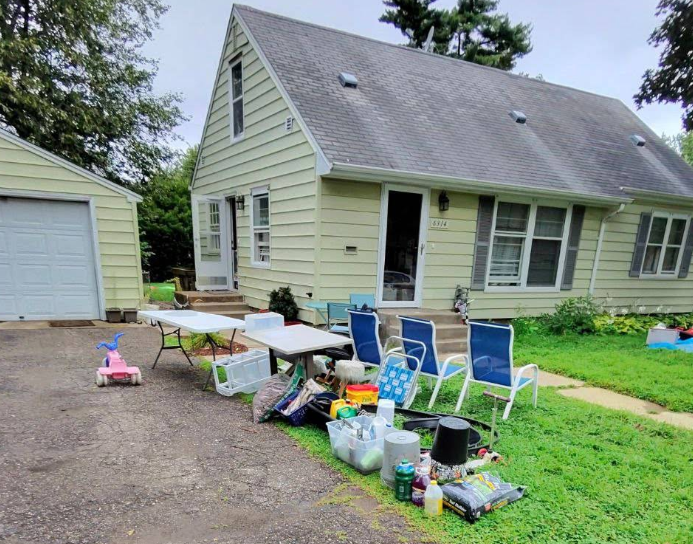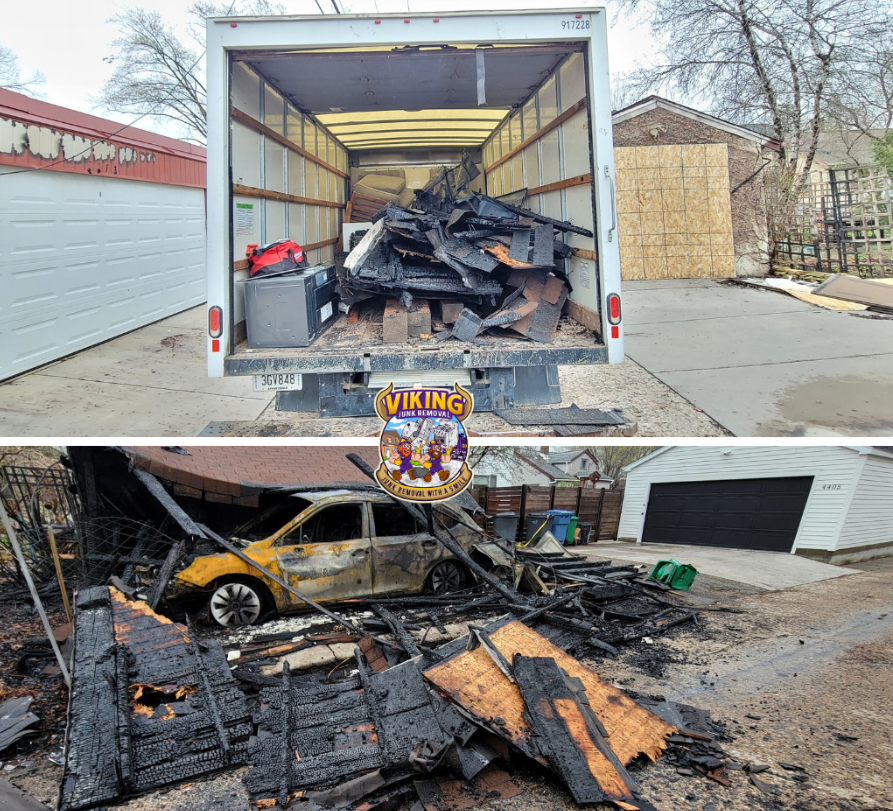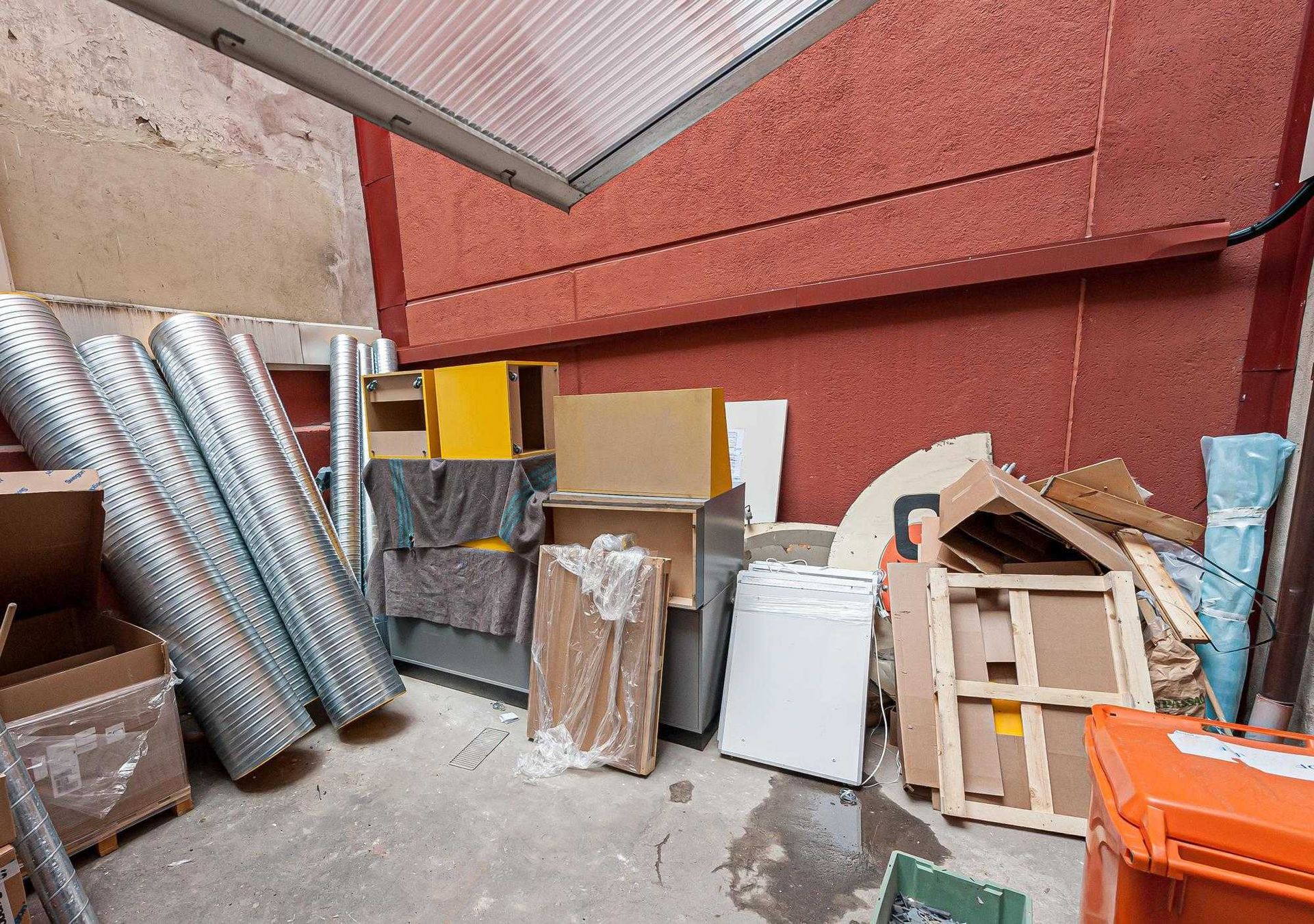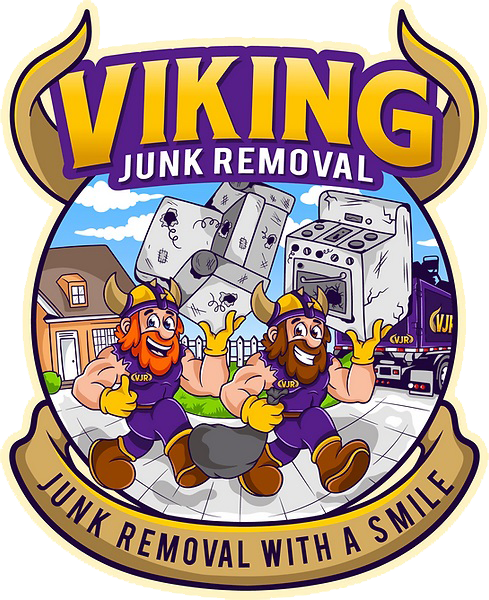How to Ensure Safe Yard Waste Disposal
Nature moves in rhythms, yet human actions can quickly disrupt those delicate balances. Tossing grass clippings or fallen branches into random spots might seem harmless at first glance, but hidden consequences ripple outward. Chemicals from treated plants can seep into waterways, invasive species can hitch rides on discarded plants, and soil erosion can sneak in through unexpected pathways. Each careless disposal choice chips away at the ecosystem's natural defenses.
In Minneapolis, the importance of treating yard waste seriously echoes through every neighborhood. A single bag of waste left improperly managed can lead to runoff issues or damage stormwater systems designed to protect the city. Embracing safe disposal methods means playing an active role in preserving clean air, clear water, and thriving local habitats.
Choosing the Right Yard Waste Disposal Method for Your Needs
Every yard has its own story, woven from twigs, leaves, clippings, and fallen branches. After a busy season, choosing the right disposal method can make all the difference. Not everything belongs in the compost heap; some debris requires a more strategic route. Organic scraps often find new life through composting, enriching the soil and completing the circle of life. Heavier waste—like thick branches or tree stumps—may call for scheduled pickup services, dumpster rentals, or designated drop-offs.
For residents of Minneapolis, understanding what your yard produces helps tailor your disposal strategy to be efficient, legal, and eco-friendly. Whether tackling a major landscaping overhaul or simple weekend cleanup, picking the right method transforms the task from a headache into a mindful, earth-conscious practice that keeps your outdoor spaces—and your conscience—fresh, clean, and thriving all year.
Why Professional Yard Waste Removal Matters More Than You Think
Dragging branches to the curb may seem straightforward, but behind the scenes, a tangle of legal requirements and environmental considerations awaits. In Minneapolis, regulations shape how and where yard waste can be disposed of, and stepping outside those boundaries—even accidentally—can result in hefty fines or damage to local ecosystems. Professional
yard waste removal services are trained to navigate these complexities, offering homeowners more than just convenience: they provide protection.
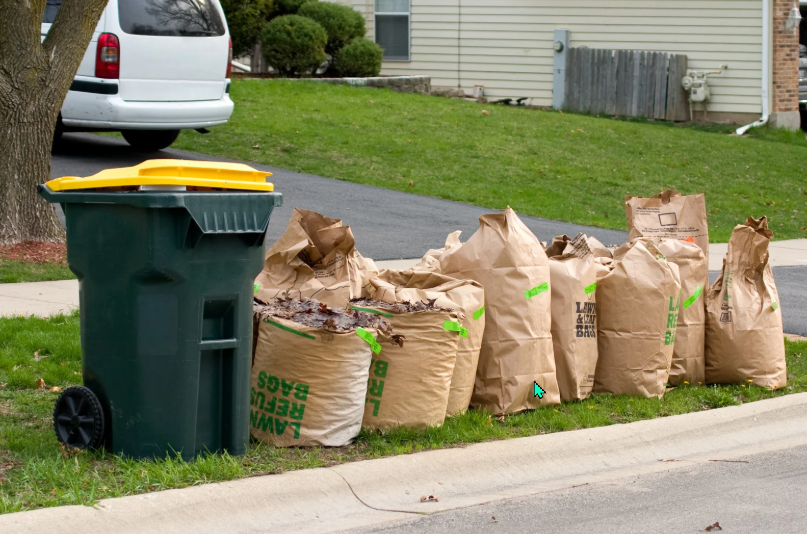
Expert Compliance with Regulations
Professionals specializing in yard waste removal stay well-informed on Minneapolis-specific disposal regulations. They understand seasonal rules, bundling requirements, and city pick-up schedules. By hiring experts, you avoid accidental infractions, missed deadlines, or improper disposal. This prevents costly fines and ensures your yard debris is handled legally and responsibly from start to finish.
Eco-Friendly Disposal Practices
Top removal companies focus on sustainability by using eco-conscious methods like composting, mulching, and recycling. Instead of dumping everything in landfills, they divert usable materials to green facilities. This approach reduces environmental impact, supports local ecosystems, and helps ensure that your yard waste contributes to a healthier, more sustainable community.
Time-Saving Efficiency
Clearing your yard might take you an entire weekend—or longer. But professionals come prepared with the tools, trucks, and manpower to get the job done in a fraction of the time. They streamline the entire process, allowing you to focus on relaxing, spending time with family, or tackling other home projects.
Safety and Injury Prevention
Yard waste often includes sharp branches, heavy logs, and awkward debris that can lead to strains or accidents. Trained removal crews know how to lift properly, use tools safely, and wear protective gear. Their expertise minimizes risk, keeping both you and your property safe during the entire removal process.
All-Inclusive Services
Yard waste removal pros handle every step—gathering, sorting, bundling, lifting, and disposal. They bring all necessary equipment and know exactly where to take different types of waste. You won’t need to rent tools, borrow a truck, or call different facilities. It’s a hassle-free, start-to-finish solution tailored to your needs.
The Hidden Dangers of DIY Yard Waste Disposal
The first sunny weekend after winter often sparks a wave of DIY enthusiasm: rakes out, gloves on, piles growing fast. But yard waste disposal isn’t always as harmless as it seems. Sharp branches, hidden thorns, and heavy logs can easily cause cuts, punctures, or back injuries if handled incorrectly. Worse yet, burning debris—sometimes seen as a shortcut—without proper permits can unleash toxic fumes and serious fire hazards.
In Minneapolis, these risks are compounded by strict city ordinances designed to protect both residents and the environment. Mishandling yard waste, even with the best intentions, can quickly spiral into health issues or legal troubles. Recognizing the hidden dangers shifts the narrative from impulsive weekend projects to thoughtful, safe disposal practices.
Eco-Friendly Yard Waste Disposal Techniques You Should Try
Your yard’s leftovers don’t have to head straight for the landfill. With a little creativity, yard waste can become a powerful tool for nurturing your land and protecting the planet. Mulching, for example, turns branches and leaves into protective soil covers that lock in moisture, prevent weeds, and reduce erosion. Composting transforms grass clippings, dead plants, and food scraps into nutrient-rich soil amendments that invigorate gardens naturally.
In Minneapolis, eco-conscious residents also donate usable debris like branches or mulch to community gardens and landscaping projects. Some partner with green-focused removal services that emphasize recycling and repurposing materials over landfill dumping.
Preparing Your Yard Waste for Safe and Efficient Removal
A chaotic mountain of mixed debris might feel inevitable after a long day’s work in the yard, but a little preparation transforms the removal process from frustrating to fluid. Sorting materials—keeping treated lumber separate from organic debris like branches, leaves, and clippings—is a crucial first step. Minneapolis recommends bundling branches tightly with natural twine and using compostable bags for lighter waste. This not only eases collection but also protects waste workers and speeds up the disposal process.
Ready-to-go piles prevent confusion and contamination at curbside pickups or drop-off centers. Proper preparation also reduces risks of injury, messy blowaways, or disposal rejections. Whether you’re scheduling professional services or managing it yourself, taking the time to organize your yard waste shows respect for the people handling it—and for the natural world that ultimately receives it.
How Different Types of Yard Waste Require Different Disposal Strategies
One-size-fits-all doesn't apply to yard waste disposal. A pile of soft grass clippings differs dramatically from bulky tree trunks or invasive plant species, each requiring specific handling techniques. Organic material like leaves and grass easily composts, while chemically treated wood needs separate processing to avoid contaminating soil and water. Rocks, dirt, and construction debris complicate the mix further, often requiring specialized facilities for proper drop-off.
Minneapolis homeowners aiming to protect their environment must be vigilant about these distinctions. Mistakes in sorting or disposal not only waste valuable resources but can cause ecological damage or trigger city fines. By treating each type of debris thoughtfully, you engage in responsible stewardship that safeguards the health of your property, your community, and your planet.
Common Mistakes to Avoid During Yard Waste Disposal
Even with the best intentions, yard waste disposal efforts can go sideways without careful planning. One common mistake is mixing regular trash with compostable yard debris, contaminating otherwise recyclable loads and leading to unnecessary landfill use. Overstuffing bags or cramming piles too tightly can cause injuries for waste workers and may even damage collection equipment. In Minneapolis, another frequent pitfall is missing scheduled pickups or misunderstanding drop-off facility requirements, resulting in debris lingering outdoors for days or weeks.
These overlooked details create safety hazards, frustrate neighbors, and lead to additional work down the road. Avoiding these mistakes starts with awareness and a small investment of time—checking local guidelines, organizing materials properly, and using the right containers. A mindful approach not only speeds up your cleanup efforts but also ensures your contribution to a cleaner, healthier community remains positive and hassle-free.
The Role of Community Guidelines in Yard Waste Disposal
Community guidelines around yard waste disposal aren't arbitrary—they exist to preserve the beauty, safety, and health of neighborhoods. In Minneapolis, ordinances dictate everything from acceptable materials for curbside pickup to when and how yard waste should be set out. Ignoring these standards can lead to fines, but more importantly, it disrupts the harmony of shared spaces. Following guidelines shows respect for neighbors and helps maintain the systems that keep our streets clean and safe.
Properly bagging, bundling, and timing your waste removal supports waste workers, prevents environmental contamination, and upholds civic pride. It turns an individual task into a collective achievement, knitting communities together through small acts of responsibility. When each household plays its part thoughtfully, the entire neighborhood thrives, making cities greener, cleaner, and more connected one yard at a time.
How Seasonal Changes Impact Yard Waste Disposal Strategies
As each season sweeps across Minneapolis, it reshapes the landscape—and the strategy needed for yard waste disposal. Spring ignites a frenzy of planting, pruning, and mulching, demanding fast, frequent pickups and ample composting opportunities. Summer’s fierce storms often scatter broken branches and uprooted plants across yards, requiring emergency cleanup plans. Autumn brings a blizzard of leaves, overwhelming homeowners with colorful, but relentless, clutter that must be bagged and bundled promptly.
Then comes winter, freezing everything in place and complicating pickups until thaw returns. Each season presents its own set of disposal challenges, and success hinges on flexibility and foresight. Staying aware of nature’s rhythms allows Minneapolis residents to time their efforts effectively, reduce waste, and keep properties safe and beautiful year-round.
Conclusion
Ensuring safe yard waste disposal requires more than just good intentions—it’s about protecting your community and the environment through thoughtful, sustainable practices. From composting leaves to bundling twigs, every action plays a part in reducing landfill overflow and preserving natural ecosystems. But when your yard cleanup gets overwhelming or time is tight, you don’t have to tackle it alone.
In Minneapolis, Viking
Junk Removal stands out as a trusted partner for efficient, eco-friendly yard waste solutions. Their experienced team handles everything from brush piles to storm debris with care and professionalism, ensuring nothing goes to waste. Ready to make your cleanup effortless? Call Viking Junk Removal at 612-448-9506 or email sales@vikingjunkremovalmn.com. Let them turn your outdoor mess into a clean, green success.

